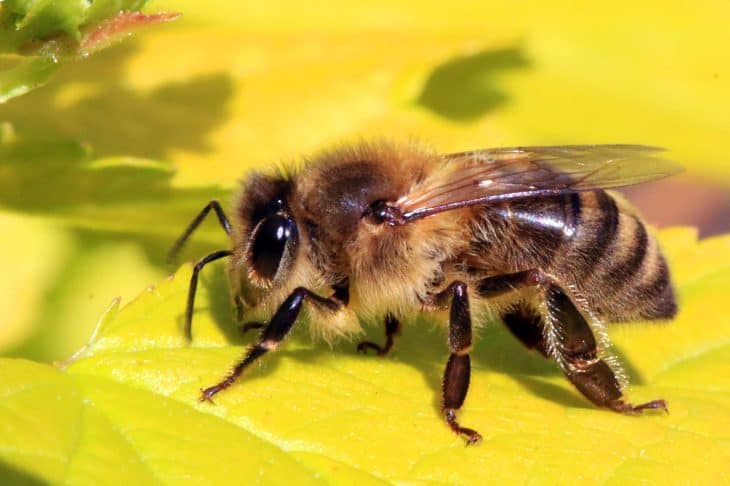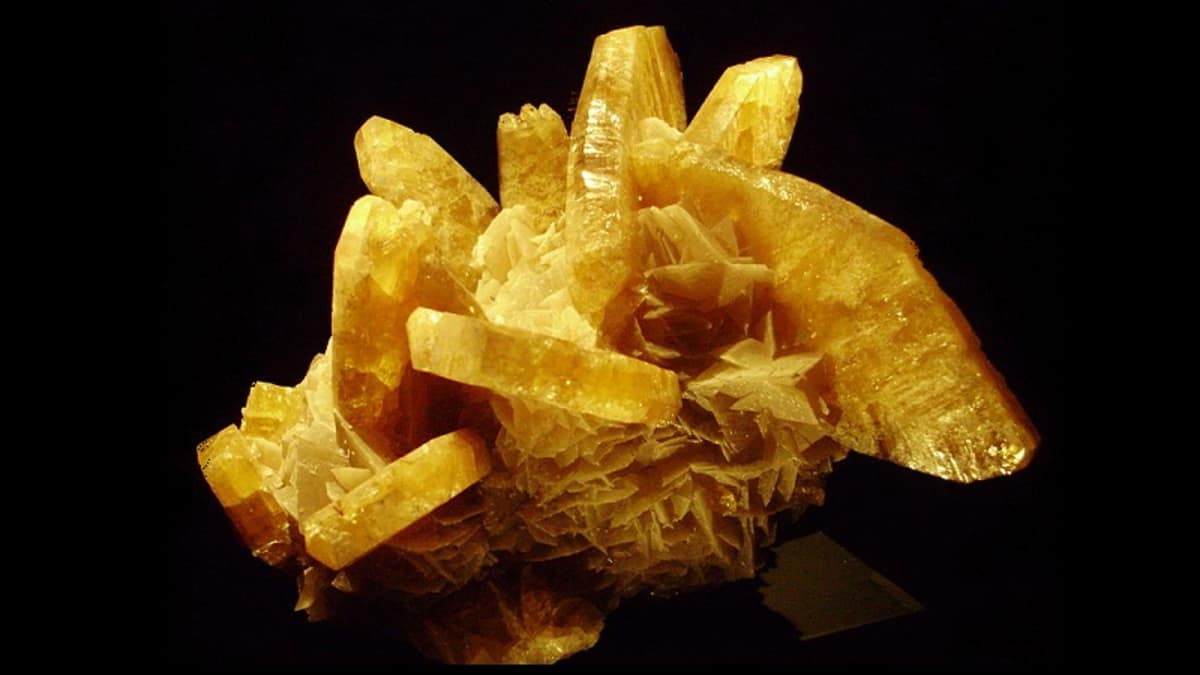
The role of honey bees in human civilization is surprisingly yet notably huge. It was thought that Ancient Egyptians harnessed bees for their honey and also their ability to pollinate crops to increase their yield. Aside from being great pollinators, honey bees are popular for their honey and beeswax. Honey is a natural sweetener and a priced ingredient for all sorts of delicious products, may it be food or others. In addition, candle and soap making also utilize beeswax, providing the means for other industries to grow and provide essential products to consumers worldwide. Truly, honey bees are amazing creatures, and if you want to know more about them, just keep reading this list of honey bee facts.
- A honey bee (also spelled honeybee) is a eusocial flying insect within the genus Apis of the bee clade, all native to Eurasia.
- Honey bees communicate through the use of pheromones.
- There are only 8 out of 43 honey bee subspecies that are recognized.
- Honey bees represent only a small fraction of the roughly 20,000 known species of bees.
- Bee pollination adds approximately 14 billion dollars annually to improved crop yield and quality.
- Modern humans also value wax for use in making candles, soap, lip balms, and various cosmetics.
- Honey bees appear to have their center of origin in South and Southeast Asia (including the Philippines), as all the extant species, except Apis mellifera, are native to that region.
- The average per capita honey consumption in the US is 1.3 lbs.
- Honeybees have 2 pairs of wings.
- The average forager makes about 1/12 of a teaspoon of honey in her lifetime.
- Foragers must collect nectar from about 2 million flowers to make 1 lb of honey.
- An average beehive can hold around 50,000 bees.
- Most species have historically been cultured or at least exploited for honey and beeswax by humans indigenous to their native ranges.
- A honey bee has 5 eyes.
- Male bees in the hive are called drones.
- Honeybees fly about 20 mph.
- Worker bees consist of female bees (except the queen) in the hive.
- Losing its stinger will cause a bee to die.
- Honey bees have been here for about 30 million years.
- These bees carry pollen on their hind legs in a pollen basket or corbicula.
Was this page helpful?
Our commitment to delivering trustworthy and engaging content is at the heart of what we do. Each fact on our site is contributed by real users like you, bringing a wealth of diverse insights and information. To ensure the highest standards of accuracy and reliability, our dedicated editors meticulously review each submission. This process guarantees that the facts we share are not only fascinating but also credible. Trust in our commitment to quality and authenticity as you explore and learn with us.


